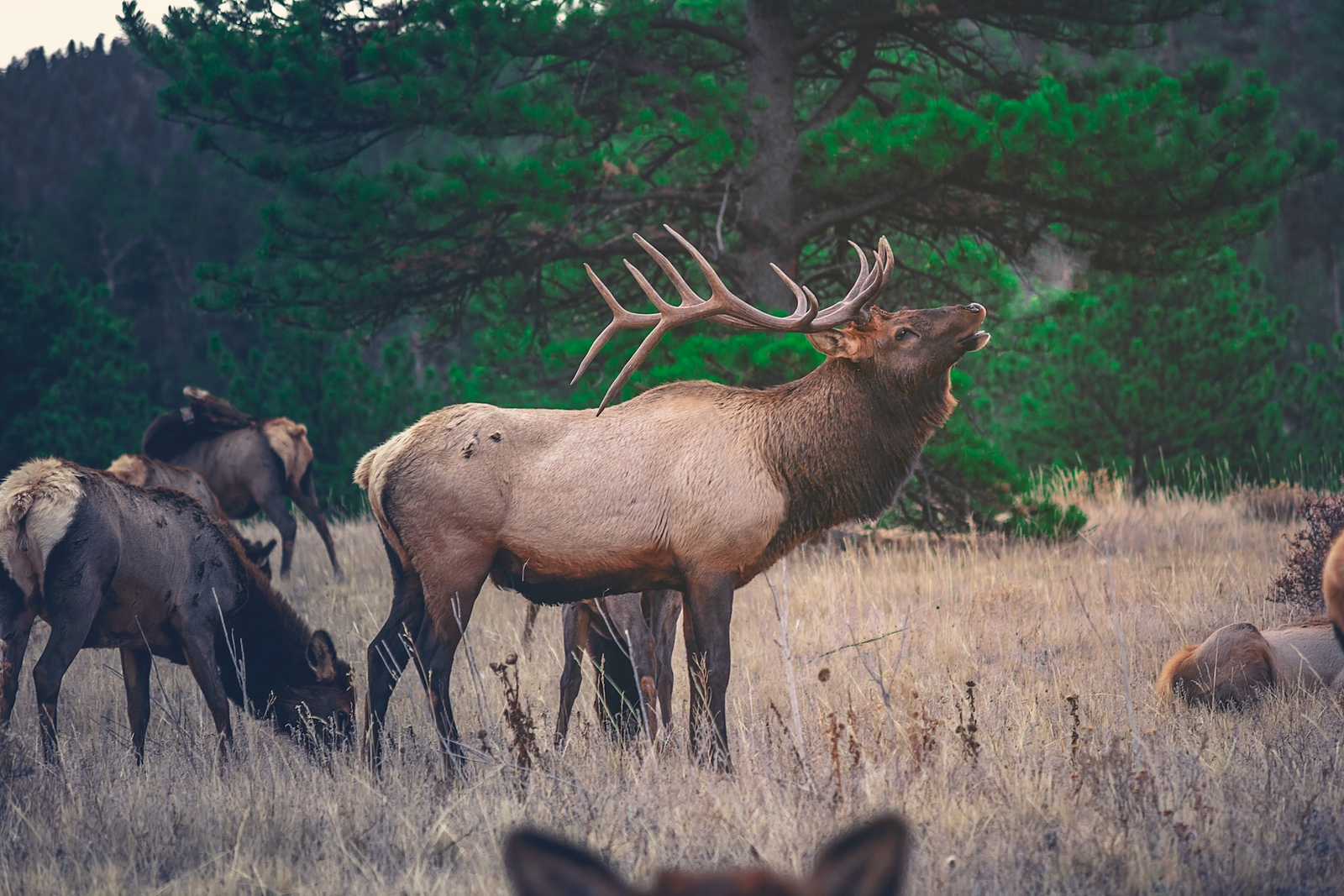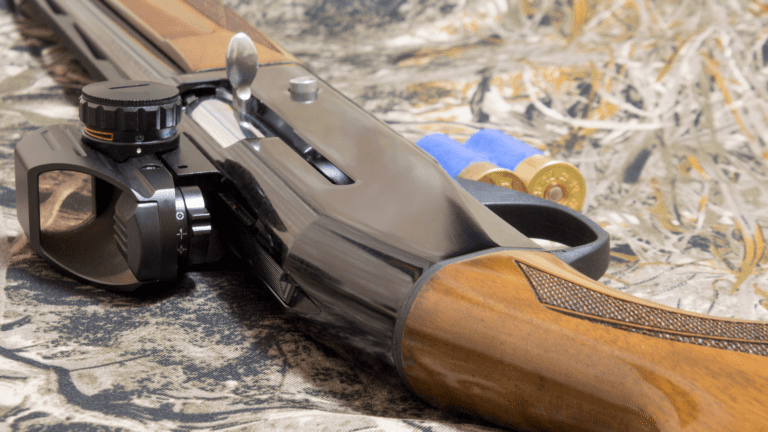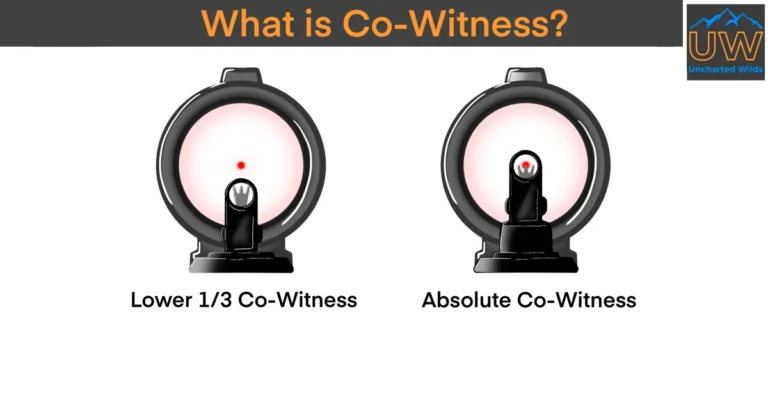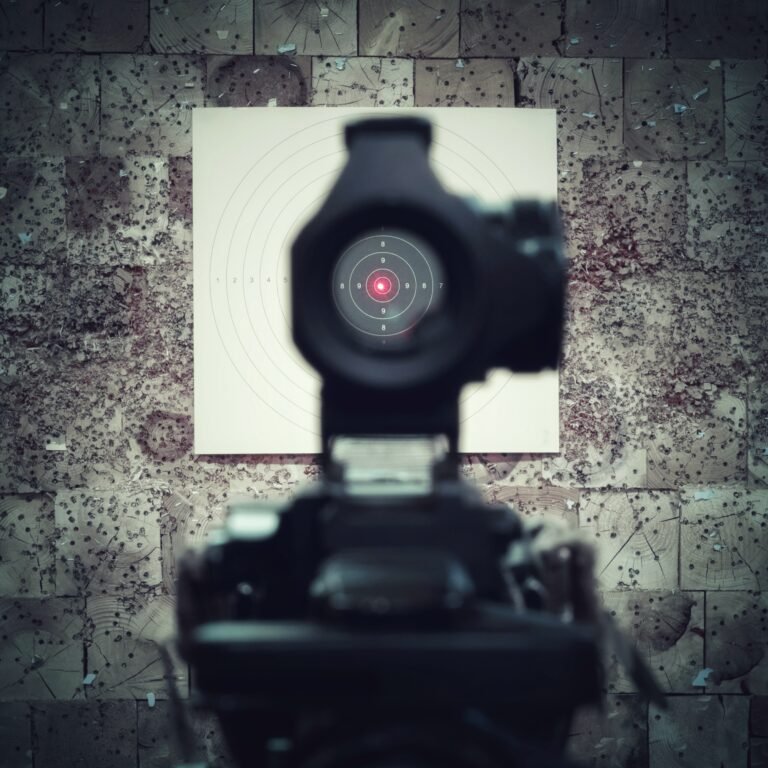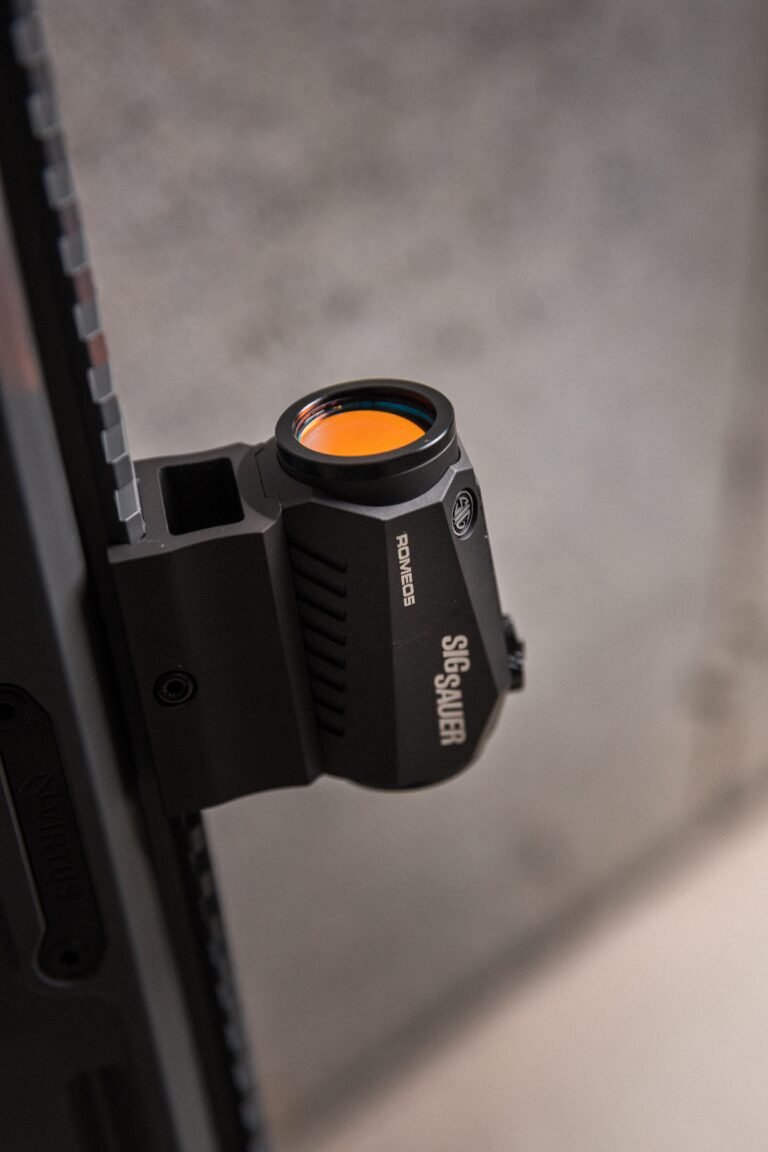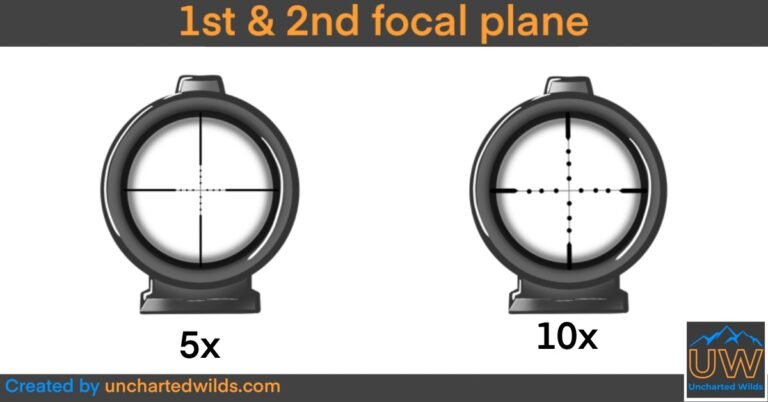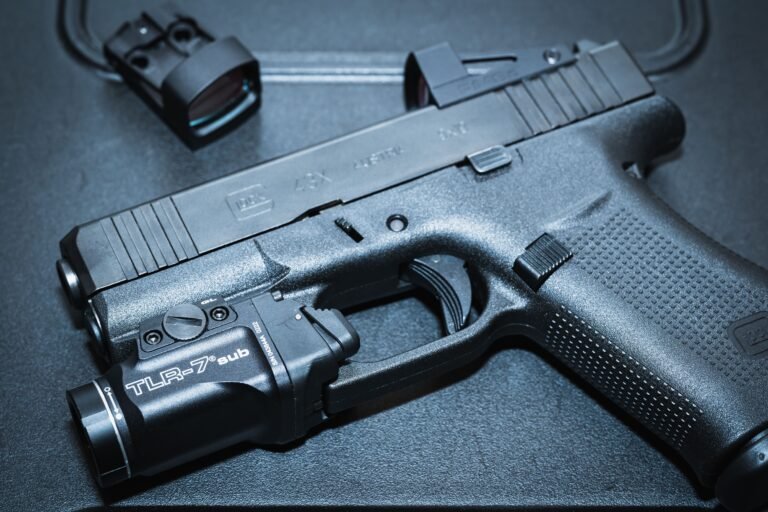This post may contain affiliate links. Buy purchasing through our link, you support our website so that we can keep on creating content for you. Learn more under policies.
Disclosure: Please refer to your state’s allotted hunting seasons, i.e., the period when hunting the specific species is legal. This article serves more as a guide to help you identify when it’s the best time to hunt species in America.
Deer Hunting
Best Time of Day:
Morning: The early hours are ideal to hunt deer. Deer are biologically more active, making mornings ideal for spotting and targeting them. Look for areas with high deer traffic and set up your stands in concealed locations.
Evening: Evening offers great potential due to the deer’s natural tendencies at this time, such as their movement patterns and feeding habits. Opt for areas with ample food sources and natural cover.
Midday: Often overlooked, midday hunting holds unexpected potential. Adapting your strategy to the unique conditions of midday, such as targeting bedding areas, can be fruitful.
Seasonal Factors:
The best time to hunt in hunting season for deer is largely based on their activity. Deer activity and the optimal hunting time can vary significantly across seasons. Adjust your strategies in response to the season’s influence on deer movement, feeding patterns, and rutting activity.
Weather Considerations:
Deer behavior changes with weather conditions. For instance, rainy weather may lead to increased activity in open areas, while windy conditions can make deer more cautious.
Specific Seasons:
The Rut: This is a period of high deer activity, typically occurring in November. However, in southern states near the Gulf of Mexico, the rut can be later (December – February).
Cold Fronts: These are excellent times to hunt, as deer activity increases significantly. Cold fronts during the pre-rut are particularly beneficial.
After Severe Weather: Post-storm periods can be opportune times as deer emerge to feed.
Opening Day: Deer are less accustomed to hunting pressure and may still follow predictable summer patterns.
Strategies for Different Times:
Morning vs. Evening: Both have their merits, with mornings often preferred due to deer being more active. However, evenings can also be productive, especially near feeding areas. It’s about setting up where deer are headed next and playing the wind right.
During the Rut: Consider the specific phase of the rut and adapt your strategy accordingly. Deer movement patterns change with the season, so align your hunting times with these patterns.
Turkey Hunting

Best Time of Day:
Morning: The early morning, just after daybreak, is a prime time for turkey hunting. Turkeys are most active during this period, especially in spring.
Evening: Late afternoon or early evening can also be effective, particularly when temperatures are cooler. Turkeys may be less active during hot midday hours, so focusing on cooler times can be advantageous.
Weather Considerations:
Temperature: Cooler temperatures generally see more active turkeys, while warmer temperatures may push them to seek shade and reduce activity.
Rain: Light rain doesn’t significantly deter turkeys and can be a good hunting opportunity. However, heavy rain may cause them to seek shelter, making them harder to locate.
Barometric Pressure: Turkeys are sensitive to changes in barometric pressure, often becoming more active before a storm front.
Hunting Strategies:
Scouting: Essential for both spring and fall seasons. Look for signs of turkey activity like tracks and droppings.
Calls: Utilize various turkey calls like yelps, clucks, and gobbles to attract turkeys.
Decoys: Effective in spring, especially for male turkeys. However, caution is advised as decoys can also attract other hunters.
Hunting Blinds: Useful for concealment, especially when targeting flocks in the fall.
Terrain Features:
Strut Zones and Dust Bowls: Identifying areas where turkeys commonly strut or dust-bathe can be key in locating them.
Equipment:
Camouflage: Essential due to turkeys’ excellent eyesight. Camo should match the terrain.
Weapon Choice: Shotguns (10, 12, 16, 20 gauge) are common, with a full choke recommended for a tighter shot pattern. Bow hunting is also an option but requires practice from a seated position.
Hunting Timings:
Early Season: Focusing on lone gobblers and avoiding aggressive calling can be effective during early wild turkey seasons.
Late Season: Tone down calling and consider hunting less pressured areas.
Moose Hunting

Best Time of Year:
Early Season: Early season (late August or early September) offers advantages like generally more agreeable weather. Moose may still be in summer patterns, making them more likely to be near water sources and open meadows. This is also a good time for combo hunts with mountain goats.
During the Rut: By mid-September, the rut is in full swing, making moose more visible and responsive to calls. Bulls are more active, moving through open country in search of cows. Calling can be effective, but it’s challenging to lure a bull away from his cows.
Weather Impact:
Moose activity is influenced by weather conditions. In extremely hot weather, moose tend to stay near water sources to keep cool. They may even bed in moist areas. If it’s raining, moose are likely to be more active due to cooler temperatures.
Hunting Strategies:
Scouting and Tracking: Before the season, scout your hunting area for signs of moose activity like tracks and droppings. Understanding wind direction is crucial to avoid detection. Effective tracking involves observing blood trails or hoof prints.
Calling Techniques: Utilize various calls such as cow calls, bull grunts, and rattling antlers. Mimicking moose vocalizations accurately can attract moose closer to your location.
Stalking: Employ stealthy stalking techniques to get within shooting range without alerting the moose. Use natural cover and move quietly.
Elk Hunting
Best Time of Year:
September and October: These months are typically the best for elk hunting, coinciding with the rut. The rut generally starts near the first day of fall and runs through the first half of October. During this time, elk are most active and vocal, making them easier to locate.
Time of Day:
Morning and Evening: Elk are most active during early morning and late afternoon hours. In the morning, aim to arrive at your hunting location 15-30 minutes before legal shooting time. During the evening, elk tend to move in preparation for nighttime feeding.
Midday: Generally, midday is the resting time for elk. However, it is still possible to find elk activity during this time, especially early in the season or if the weather prompts them to shift locations.
Weather and Environmental Factors:
Weather conditions can significantly influence elk activity. Cool and overcast days are ideal for hunting as elk are more active. During hot and dry weather, look for elk near water sources or in shaded areas.
Pay attention to wind direction to avoid being detected by elk, as they have a keen sense of smell.
Hunting Tactics:
Calling: Utilizing bugling and cow calls can be effective, especially during the rut. Adjust your calling strategy based on the elk’s response and behavior.
Spot and Stalk: Use high vantage points to spot elk and plan a stalk with the wind in your favor. Be patient and stealthy, especially during rifle season when elk become more cautious due to hunting pressure.
Terrain Preferences:
Elk generally prefer open meadows and grassy areas for grazing. During rifle seasons, they may retreat to thick timbered areas to avoid hunters.
Brown Bear Hunting
Best Time of Year:
Spring Season: Typically occurs in April and May. During this time, bears emerge from hibernation and are often found on southern exposed hillsides. They’re attracted to the first green shoots of grass in these areas.
Fall Season: Usually takes place in September and October, until the bears begin to den up. In fall, bears focus on building fat reserves, feeding on berries and, in coastal areas, salmon.
Hunting Techniques:
Spot-and-Stalk: This is the most common method for brown bear hunting. Hunters may spend hours on vantage points and try to approach the bear once located. This method is particularly effective in open tundra or coastal areas with thick vegetation.
Bait and Calls: Some outfitters offer hunting over bait or using calls, which can be effective in certain regions.
Weapon Recommendations:
Rifles: The recommended minimum for brown bear hunting begins with .300 Magnums, extending to .338 and the classic .375 H&H. In close-range coastal hunts, larger calibers like .416 Rigby are also used.
Bullets: Choose heavy-for-caliber bullets in proven designs for deep penetration. Premium quality bullets like the Barnes TSX, Trophy Bonded, Nosler Partition, or Swift A-Frame are recommended.
Hunting Safety:
Carrying a backup gun, like a large-caliber handgun, is advised for close encounters.
Brown bears are dangerous and fast, so it’s crucial to be prepared for any situation and follow the guide’s instructions precisely.
Other Considerations:
Bears are territorial, and the size of their territory varies based on food availability and sex of the bear.
Weather is a factor to consider, as it can influence bear activity and hunting conditions.
Black Bear Hunting

Best Time of Year:
Spring and Fall: Black bears can be hunted in both spring (April to June) and fall. In spring, they are more active at bait sites due to reproduction activities. Fall is generally considered the best time as bears are constantly moving in search of food before their winter sleep.
Time of Day:
Morning and Early Evening: In fall, bears are most likely to be seen throughout the day, but especially in the morning or early evening when they are actively searching for food.
Weather and Environmental Factors:
Temperature: As temperatures fall, bears become more active in their search for food. Cool, overcast days are typically the best for hunting.
Wind: Given their strong sense of smell, positioning yourself downwind is crucial to avoid detection.
Hunting Methods:
Spot and Stalk: This method is rigorous and well-suited to open or semi-open spaces. High-quality optics are useful for spotting and judging bears from a distance.
Baiting: Popular and effective in some regions, baiting bears is subject to state regulations. It involves using bait stations to attract bears, allowing hunters to evaluate their trophy quality before taking a shot.
Calling: While less common than other methods, calling can be used to attract bears, especially during the spring season.
Equipment:
For bow hunters, a high-poundage compound or recurve bow with razor-sharp broadheads is recommended.
When hunting with rifles, options like the .30-30 Winchester for baiting situations, or the .308 Winchester, 30.06 Springfield, or .300 Winchester Magnum for bolt-action rifles, are suitable.
Safety and Ethical Considerations:
Utilize safety equipment like bear spray and GPS devices.
Understand bear anatomy for effective shot placement, aiming for the vital organs behind the shoulder.

